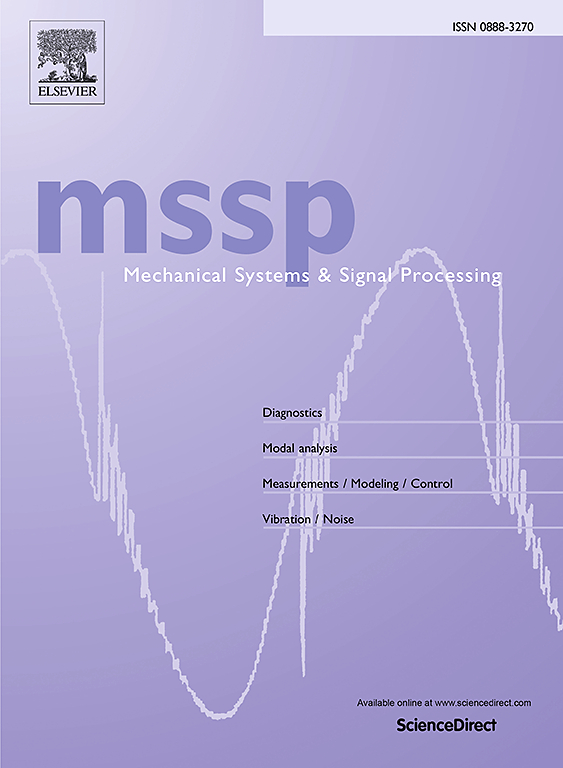Dynamical analysis of propeller rotors whirl flutter considering complex blade geometries and induced velocities
IF 7.9
1区 工程技术
Q1 ENGINEERING, MECHANICAL
引用次数: 0
Abstract
The propeller rotor, a core power component of turboprop engines, is prone to whirl flutter, a common aeroelastic issue that can lead to rotor instability and aero-engine failure. Whirl flutter analysis requires considering complex blade geometries and accurate flow velocity distributions. In this paper, a three-dimensional blade element momentum method is introduced to calculate induced velocities, thereby determining the flow velocity distributions of propellers with complex blade geometries under non-axial inflow. The calculated results show good agreement with the scaled test data. Based on these flow velocity distributions, an aerodynamic load model is established, considering the effects of rotor whirl motion. Combined with beam finite element theory, structural bending deformation is included, forming an aeroelastic model of the propeller rotor. A stability analysis method and a response analysis method under multi-frequency excitation based on linear superposition theory are proposed. The dynamical analysis of the full-scale propeller rotor is conducted, and key factors are investigated in detail. The results show that aerodynamic loads primarily cause rotor instability by weakening the first-order backward whirl mode (1B) damping. Below the instability critical speed (ICS), the rotor exhibits fundamental frequency vibrations. At ICS, the rotor is in a self-sustained vibration at 1B mode frequency. When exceeding ICS, the rotor diverges at the 1B frequency. Key factors, including support stiffness asymmetry, induced velocities, complex blade geometries, and non-axial inflow, significantly affect the damping coefficient. Ignoring these factors can lead to substantial deviations in the velocity and stiffness stability boundary and steady-state response predictions. This highlights the importance of the proposed model in whirl flutter analysis.
求助全文
约1分钟内获得全文
求助全文
来源期刊

Mechanical Systems and Signal Processing
工程技术-工程:机械
CiteScore
14.80
自引率
13.10%
发文量
1183
审稿时长
5.4 months
期刊介绍:
Journal Name: Mechanical Systems and Signal Processing (MSSP)
Interdisciplinary Focus:
Mechanical, Aerospace, and Civil Engineering
Purpose:Reporting scientific advancements of the highest quality
Arising from new techniques in sensing, instrumentation, signal processing, modelling, and control of dynamic systems
 求助内容:
求助内容: 应助结果提醒方式:
应助结果提醒方式:


